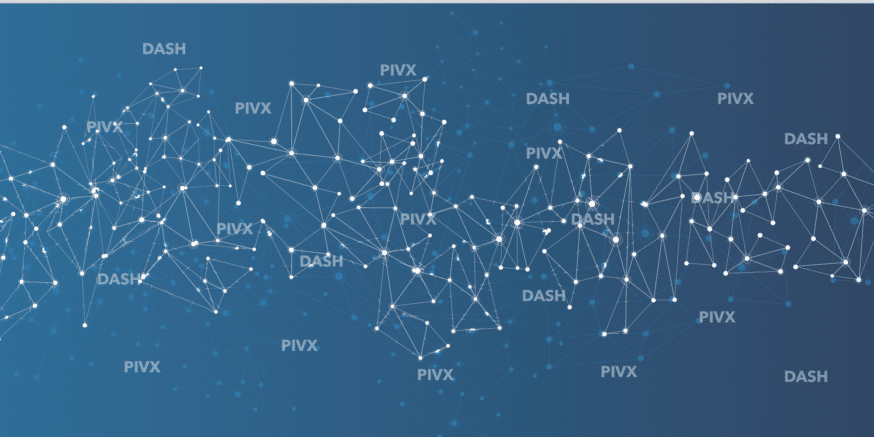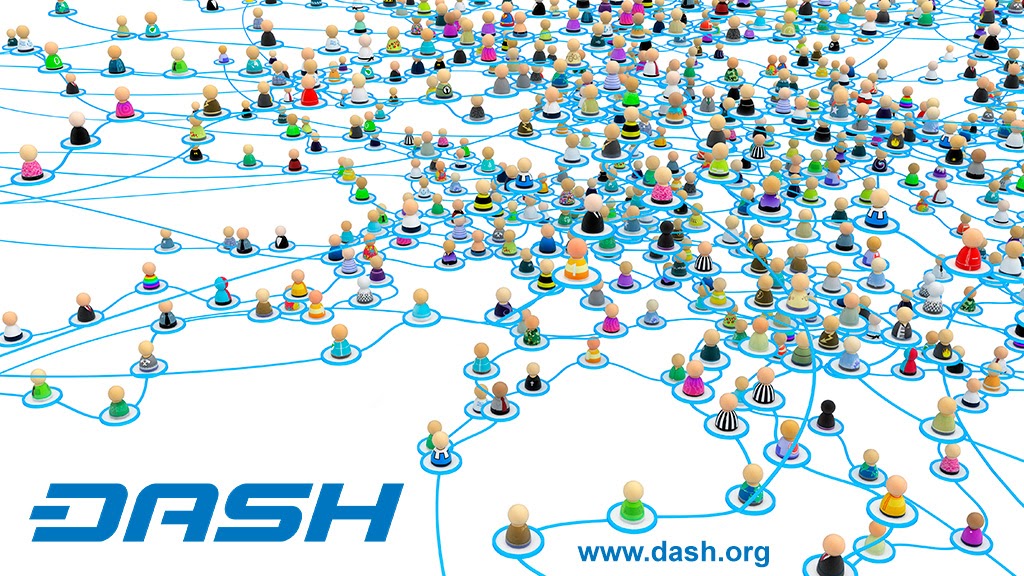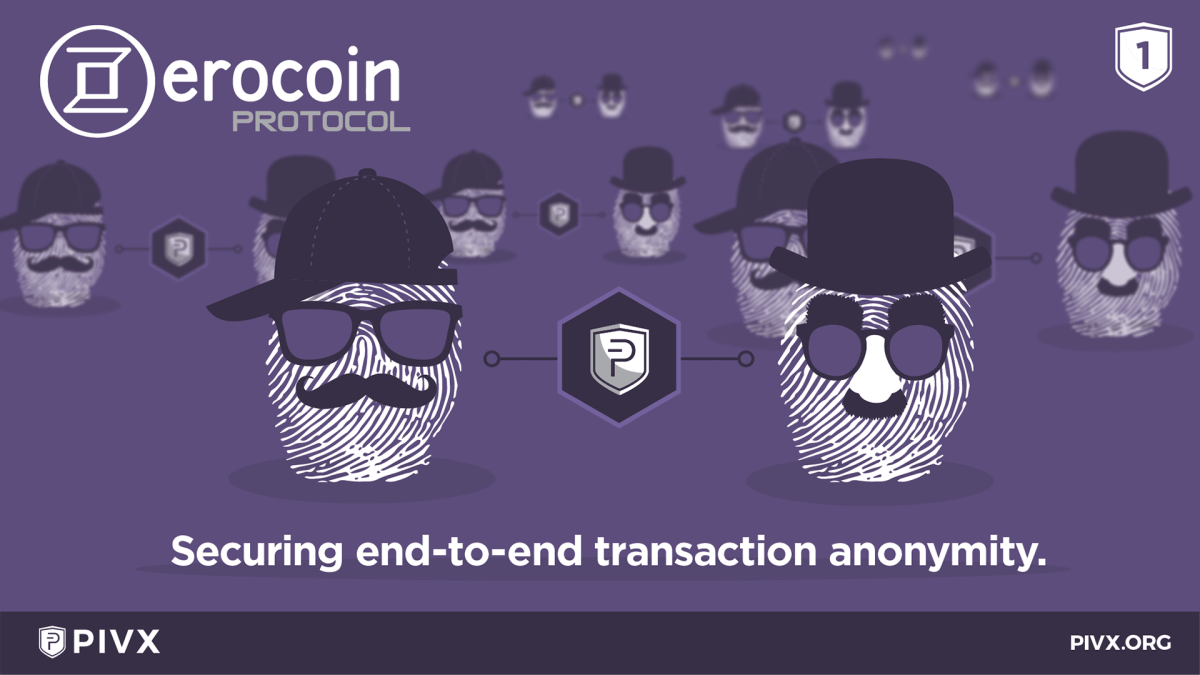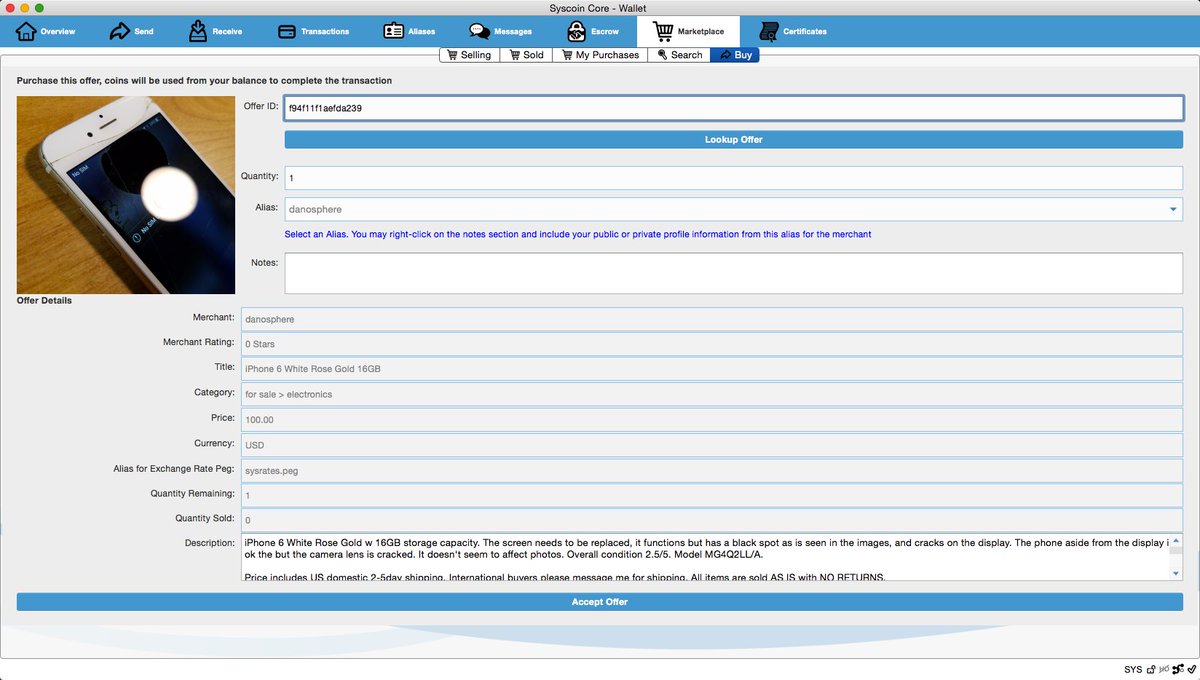- How Do Masternodes Work?
- The Benefits of Masternodes
- Exchanges
- Commerce and Marketplace Service
- Smart Contracts
- Making the Case for Masternodes
What are Masternodes? An Introduction and Guide
Also known as bonded validator systems, masternodes are a series of servers that underpin a blockchain’s network. They are responsible for enabling specific services that miners under proof of work cannot accomplish.
Dash was the first cryptocurrency to implement the masternode model into its protocol. Under what Dash calls its proof of service algorithm, a second tier network of masternodes exists alongside a first tier network of miners to achieve distributed consensus on the blockchain. This two tiered system ensures that proof of service and proof of work preform symbiotic maintenance of Dash’s network.
The masternode is Dash’s baby, but plenty of crypto currencies have adopted this mechanism as their own. What was originally intend to oversee instant, anonymous transactions is now being implemented for a multitude of other services.
That’s enough of an introduction for now. Let’s get into the thick of it.
How Do Masternodes Work?
Much like proof of stake, masternodes rely on staking a certain amount of a given currency within the currency’s network. To establish a masternode, you’d first need to buy a substantial amount of the currency in question. A masternode for Dash, for example, requires 1,000 DASH, so you’d need to drop a cool $763,000—that’s enough for a house in the upper east side of Miami.
So after you’ve mortgaged your house to buy magical internet money, it’s time to stake those bad boys and earn your cash back. You’d start by downloading your currency’s core wallet and use it to create a masternode. After you set up your computer as a server, the core wallet integrates your computer as one of many nodes that supports the blockchain. Operators can also contract a third party to run the server for them.
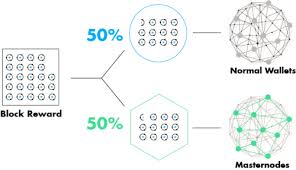
It’s important to note that simply holding the requisite amount of currency for a masternode is not enough to run one. Each currency has its own guidelines for maintaining a masternode, and if these conditions aren’t met or the currency is moved from its staking position, a masternode will cease operating.
The Benefits of Masternodes
Masternodes protect block chains from network attacks in the same vein as traditional proof of stake algorithms. As with Dash, it’s often expensive to accumulated enough of a currency to create a masternode. This expense helps keep the network decentralized, as it would take an ungodly amount of money to purchase enough currency to have a monopoly on its nodes. Your average and even above average investor isn’t rich enough for this, because we’re not all Bill Gates.
The cost of operation also keeps operators honest. Unlike Bitcoin miners who may switch from one coin on its blockchain to the next based on profitability, operators are incentivised to properly maintain their masternodes. The exorbitant initial investment serves as collateral, whereby if operators want their investment to pay off, they have to play by the blockchain’s rules. Between the high operation costs and promising return on investment, it’s in an operator’s best interest to operate his/her node properly and without any malicious intent.
Masternode Pioneers: The Coins and their Uses
Dash originally developed the masternode to implement the following services:
- InstaSend: Masternodes accommodate nearly instantaneous transactions
- PrivateSend: Masternodes allow for users to make and receive anonymous payments
- Decentralized Governance: Masternodes adjudicate and vote on technological and financial developments for the blockchain
As more coins entered the cryptosphere, some developers took bits and pieces Dash’s model for their own crytpocurrencies, and some applied them to new and intuitive use cases.
This list isn’t all inclusive, but we’ve included some of these coins and their masternode uses below.
Privacy
Privacy coins have sought to improve the precedent for transaction anonymity that Dash has set. One such coin, PIVX, began as a fork of DASH but is now making crypto even more incognito than its parent currency.
PIVX utilizes its own custom version of the Zerocoin protocol, the same protocol used by other privacy coins such as Zcoin. With PIVX, users can choose to convert their standard PIVX coins for zPIV tokens. Sending zPIV tokens ensures that user identity is completely dissociated from the transaction ID, enabling a completely anonymous yet verifiable asset transfer through PIVX masternodes.
ZCoin and Monetary Unit also utilize masternodes for their own privacy functions.
Exchanges
Cryptoassets like Block Net and Exscudo will use masternodes to support their decentralized exchanges. Masternodes will oversee exchange transactions to facilitate cryptocurrency trading and offer fiat currency gateways.
Such exchanges are currently in their theoretical stages of development, as no live platform is available for consumer use.
Commerce and Marketplace Service
Syscoin applies masternode functionality to its decentralized marketplace. With Syscoin, users can access the blockchain equivalent of peer-run commerce sites like eBay. Masternodes will be responsible for facilitating anonymous and instant payments on the marketplace.
You can access the Syscoin marketplace on the currency’s core wallet.
Smart Contracts
BOScoin integrates masternodes for its smart contracts and adopts the masternode governing system for its Congress Network. Taking their cue from Dash’s masternode voting mechanism, the BOScoin developers created Congress Network to improve governance and decision making within the network. Under this system, masternode operators are given voting privileges to decide on blockchain revenue allocation and code and policy modifications.
For a complete index of masternodes, give this website a look.
Making the Case for Masternodes
Masternode application is quite flexible. It compensates for proof of work’s limitations and behaves almost like a buffed-up version proof of stake systems.
Like proof of stake, it avoids the de-facto centralization mining pools bring to proof of work networks, and it consumes less energy than the proof of work model. Masternodes may promise enhanced stability and network loyalty, as larger dividends and high initial investment costs make it less likely that operators will abandon their position in the network.
They can even be used to keep miners from stepping out of line. Under Dash’s model, masternodes on the second tier network monitor the first tier proof of work network. This gives masternodes full reign to reject or orphan blocks if their miner uses and outdated version of Dash or tries to manipulate block rewards.
While their lasting application is still speculative, masternodes have serious potential to expedite distributive consensus and further democratize decision making within blockchain communities. If you can muster the capital, they’re certainly a promising investment opportunity, as their approach to consensus and network monitoring offer a middle-of-the-road solution to the problems facing both proof of work and proof of stake models.
Never Miss Another Opportunity! Get hand selected news & info from our Crypto Experts so you can make educated, informed decisions that directly affect your crypto profits. Subscribe to CoinCentral free newsletter now.






